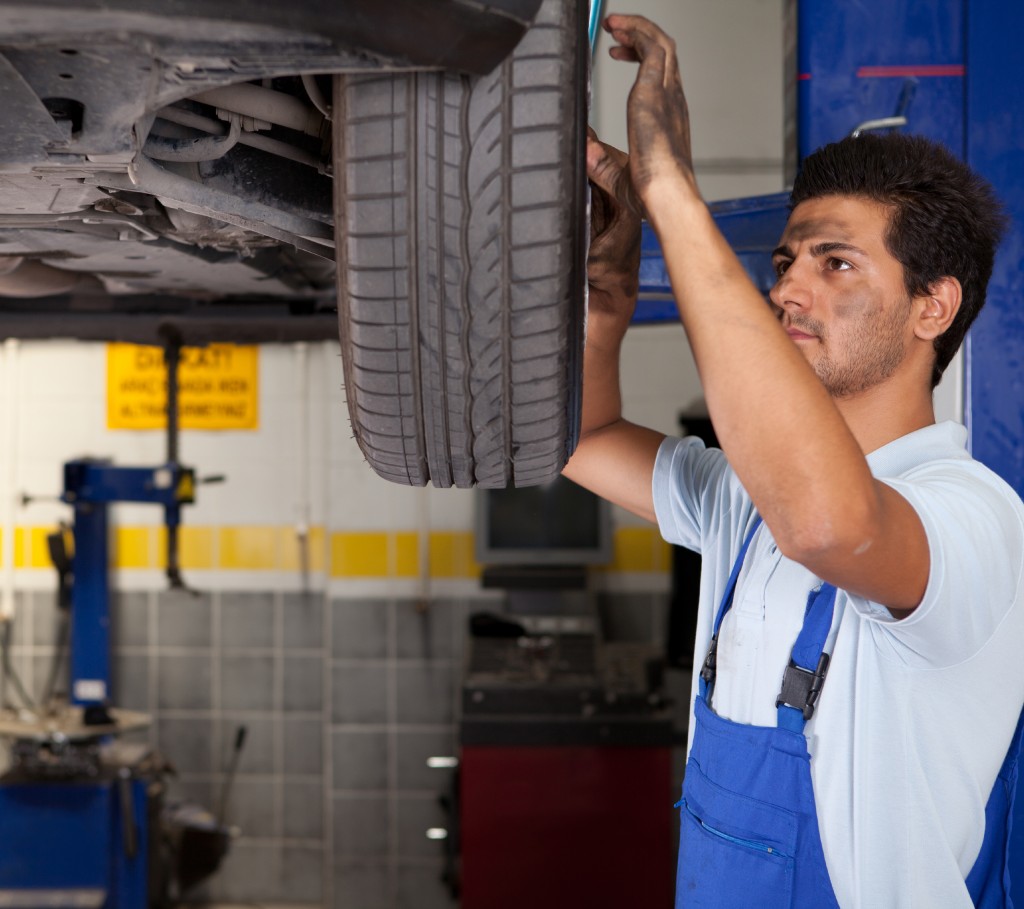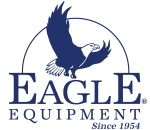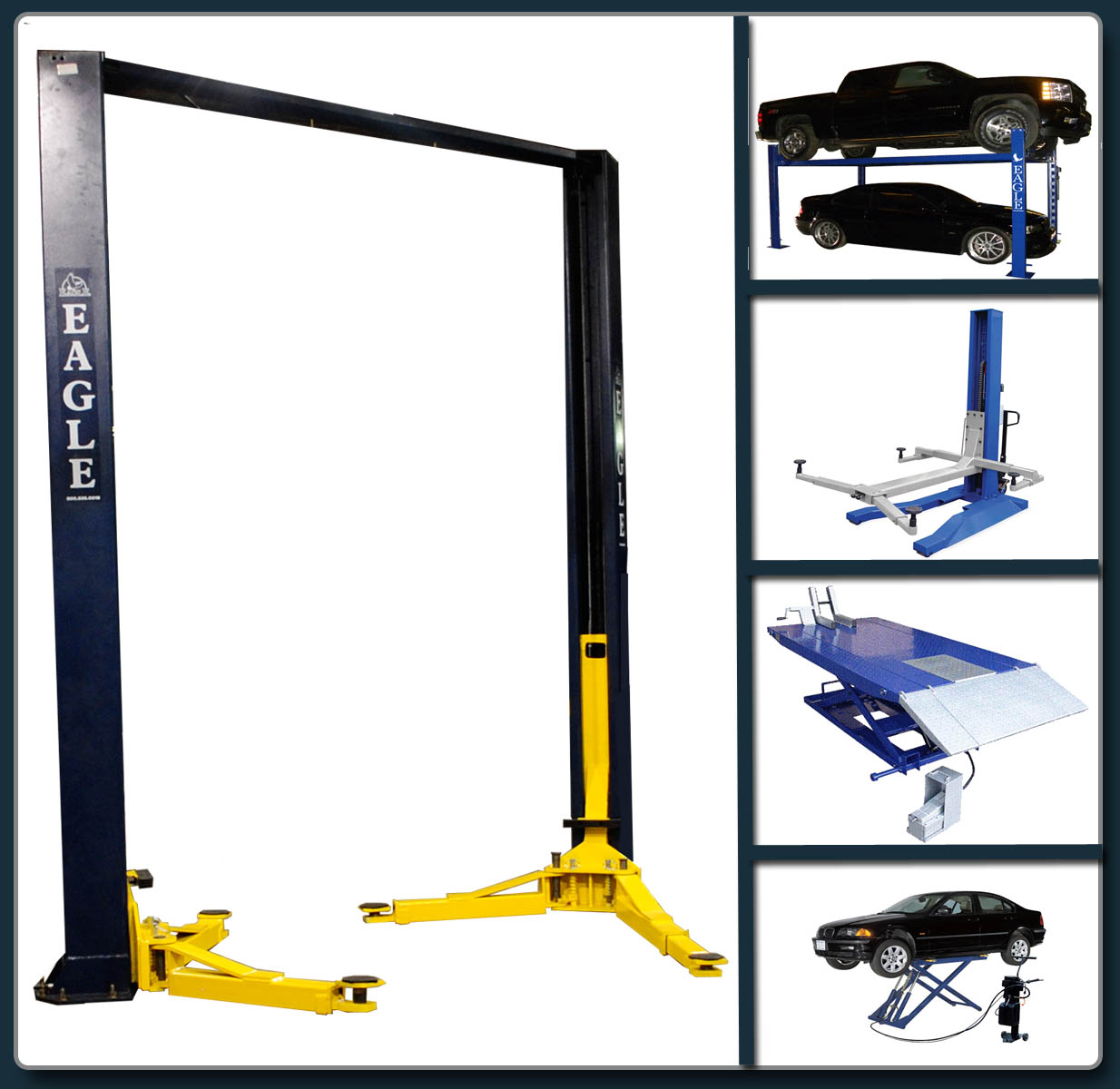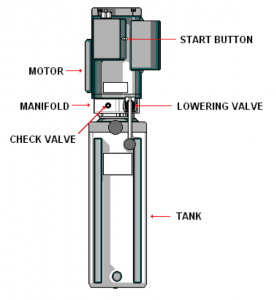 If you own a mechanic shop or you like to do work on your own vehicles, you might be in the market for a car lift. Car lifts make performing routine and complicated maintenance much easier because you do not have to get down on the ground or under the car. There are several different types of lifts, but the most popular are the 2- and 4-post lifts. At Eagle Equipment, we carry both.
If you own a mechanic shop or you like to do work on your own vehicles, you might be in the market for a car lift. Car lifts make performing routine and complicated maintenance much easier because you do not have to get down on the ground or under the car. There are several different types of lifts, but the most popular are the 2- and 4-post lifts. At Eagle Equipment, we carry both.
4-post lifts are more suitable for vehicle storage, and 2-post lifts are a lot better for major reconstruction and mechanical repairs. Realize which projects are easier when you own a 2-post lift and make the right investment.
Below, find four common repairs that can be done more efficiently with a 2-post automotive lift.
1. VROOM! VROOM! Working on the Engine
If the full frame is under the body of the car and you are working on the engine, a 2-post application will make it easy for you to lift the car up off of the engine and the suspension sub frames. This makes the job less involved and complicated.
2. Transmission Repairs
Hoisting the car off of the ground with a 2-post application will also make for easier transmission repairs. They will provide easy access to the transmission from the undercarriage of the vehicle and will prevent causing damage to other vehicle components you would have to bypass when working under the hood.
3. Tire Rotations
When you are doing tire rotations you need all of the wheels to be off of the ground. These lifts are far more convenient then using a car jack and will prevent errors and injuries when you are rotating tires. It will take less time to complete this type of project. Using a car jack can be dangerous because it can easily slip while you are working under the vehicle.
4. Quick and Easy Oil Changes
If you do not want to get dirty while you are doing an oil change, a car lift is the answer. These lifts will give you easy access to the oil pan so you can perform oil changes in less time.
Working on difficult projects or even routine tasks is much easier when you have the right equipment, so it’s time to invest in an automotive lift! You can keep your customers satisfied and get your home projects done quickly so you can enjoy your free time. Shop Eagle Equipment Lifts now.



